Description
AllPedal Guitar Pedals are fresh in, this is a New one & the Just Pedals team think it is a very nice one too. Good news ! This can be delivered straight to your door, quickly and securely, anywhere in the UK & Europe. For more info on this New Guitar Pedals, please read on for full details, demos, videos, reviews and order online.
Designed in collaboration with Jeff Loomis (from Nevermore and Arch Enemy) in order to be an all-in-one solution for his live and studio performances, the Devil’s Triad offers particularly crafted high gain / lead toners fine-tuned by Jeff over his career. The Devil’s Triad is an overdrive / distortion pedal that features a boost, a delay and a reverb, as well as a complete routing system that can adapt to every configuration types, from beginners to professionals.
The Devil's Triad is a powerhouse of pedal tones in a single package, with the Drive section feeding into the Boost, which then cascades into Reverb and Delay.
To use all effects in one signal path, you can simply plug your Guitar into Input A and run a second cable from Output B into your amplifier’s input.
In addition to that, Devil’s Triad can be used as a preamp, by plugging Output B into the FX Return of your amplifier’s effects loop, bypassing the amp’s preamp entirely. The pedal’s tone, gain and level controls will now function as the front end of your amplifier.
To give you the most flexibility possible, the Devil’s Triad was designed with separate IN and OUT jacks for the Reverb/Delay section. This allows routing the Reverb and Delay effects to your amplifiers effects loop while still allowing you to use the Drive and Boost to shape the tone and gain at the front end of your amplifier’s signal path, just like Jeff Loomis does!
Specifications
- Jeff Loomis Signature Overdrive / Boost / Reverb / Delay Effects Pedal
- All- in one solution that works as pedalboard preamp, in front of an amp or routed through an amp’s effects loop
- Analogue Op-Amp drive section with soft LED-clipping – from expressive overdrive to powerful distortion that tightens up any amp and accentuates pick attack
- Analogue Op-amp- Boost with up to 20 dB of added volume
- Digital Delay with 50-500 ms delay time
- Digital Plate Reverb
- 2 TS inputs and outputs for multiple routing options for Drive/Boost and Delay/Reverb sections
- True bypass Switching
- Made in the USA
- Powered by a regular 9 V DC PSU – (centre -, 2,1 mm, 160 mA current draw)
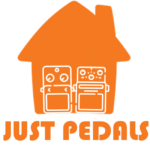
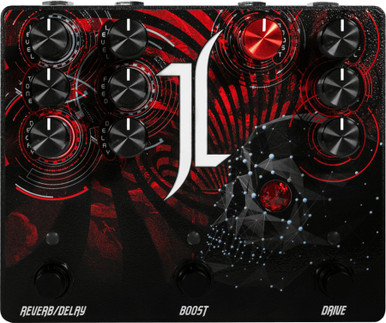
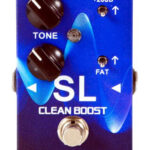
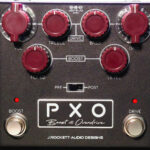
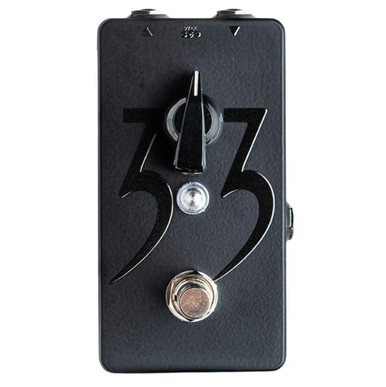
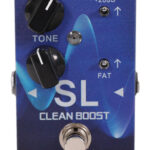
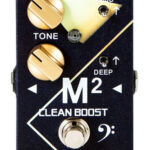
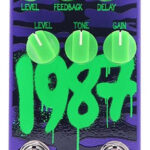
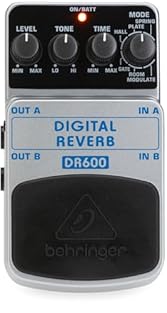

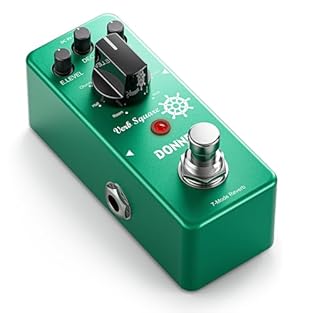
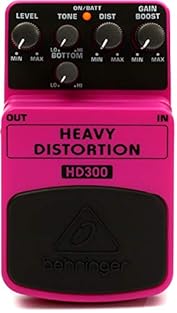
![[Analog Delay Pedal] Reproduces the warm and natural classic vintage analog delay sound. [Flexible Delay Pedal] 20ms to 620ms of delay time. Adjustable delay level and feedback. [Durable Guitar Pedal] Aluminium-alloy classic, stable and strong. [True...](https://m.media-amazon.com/images/I/41ib6iswoGL._SL313_.jpg)